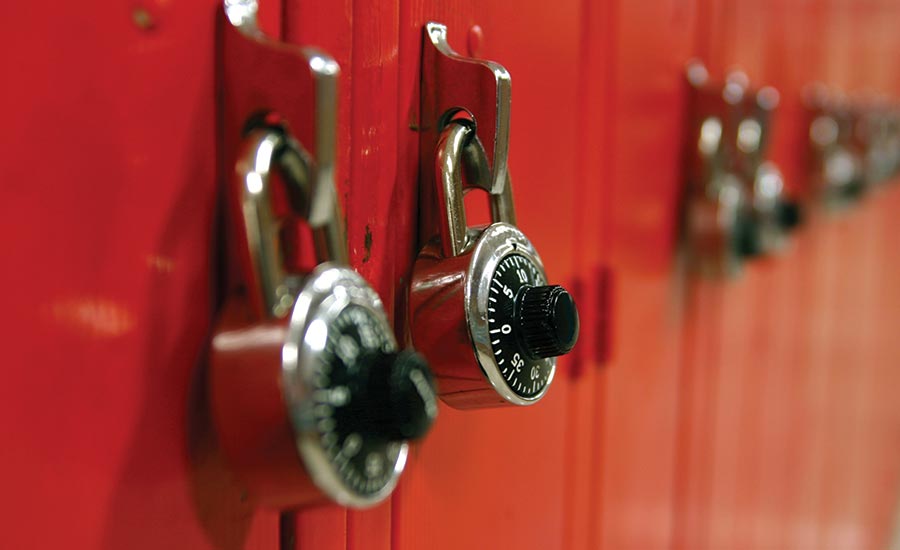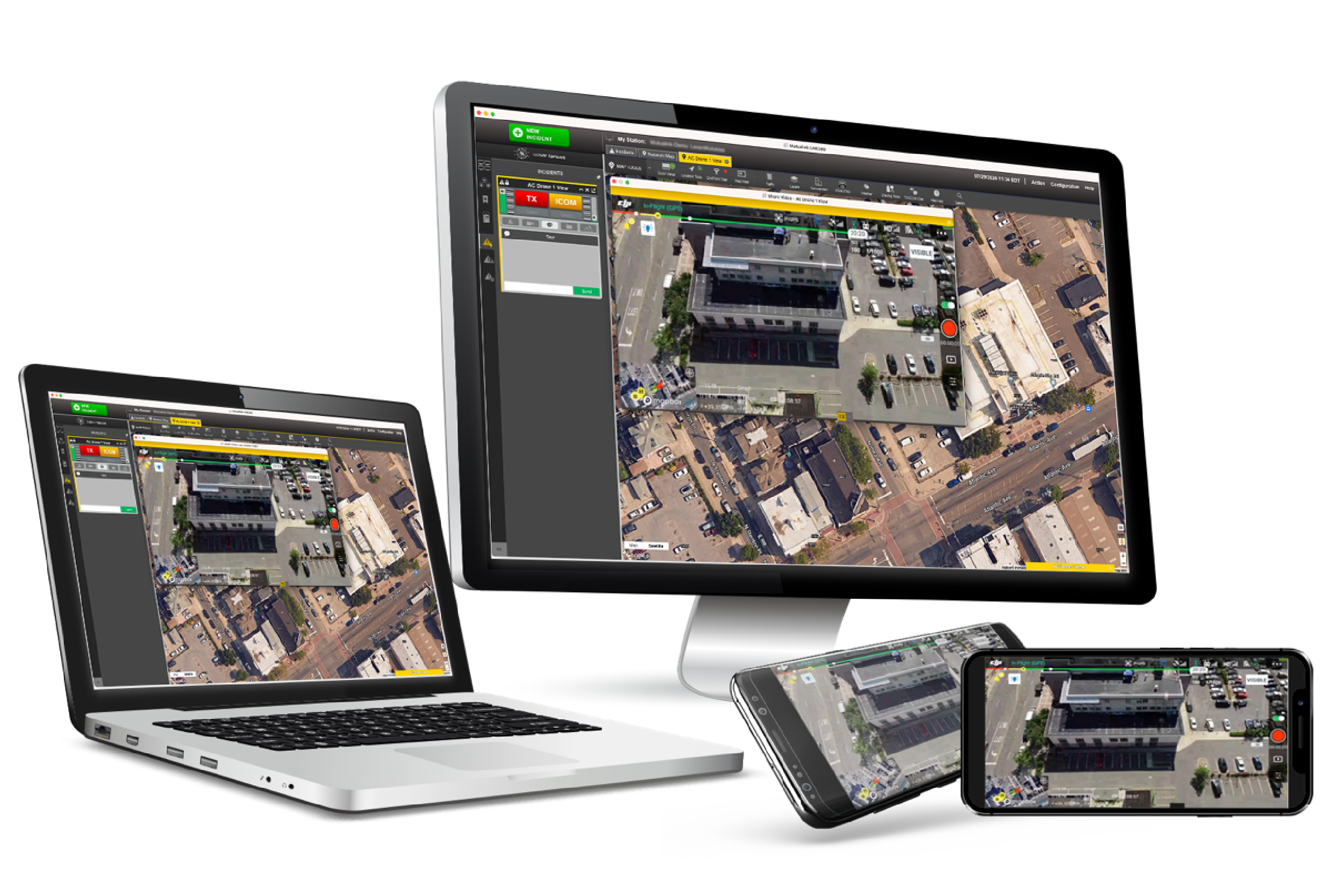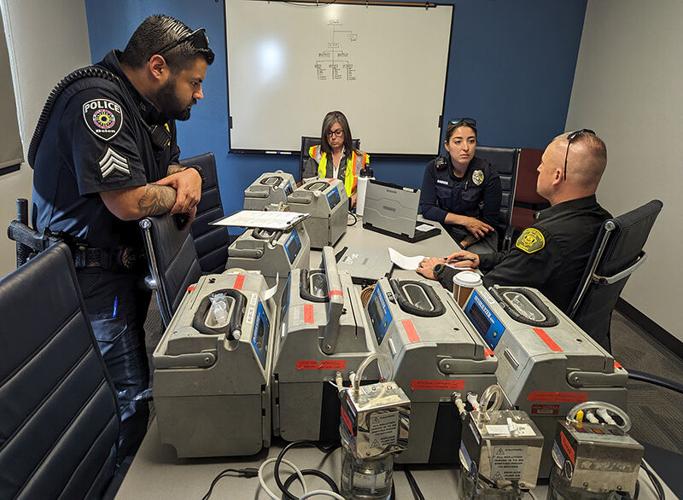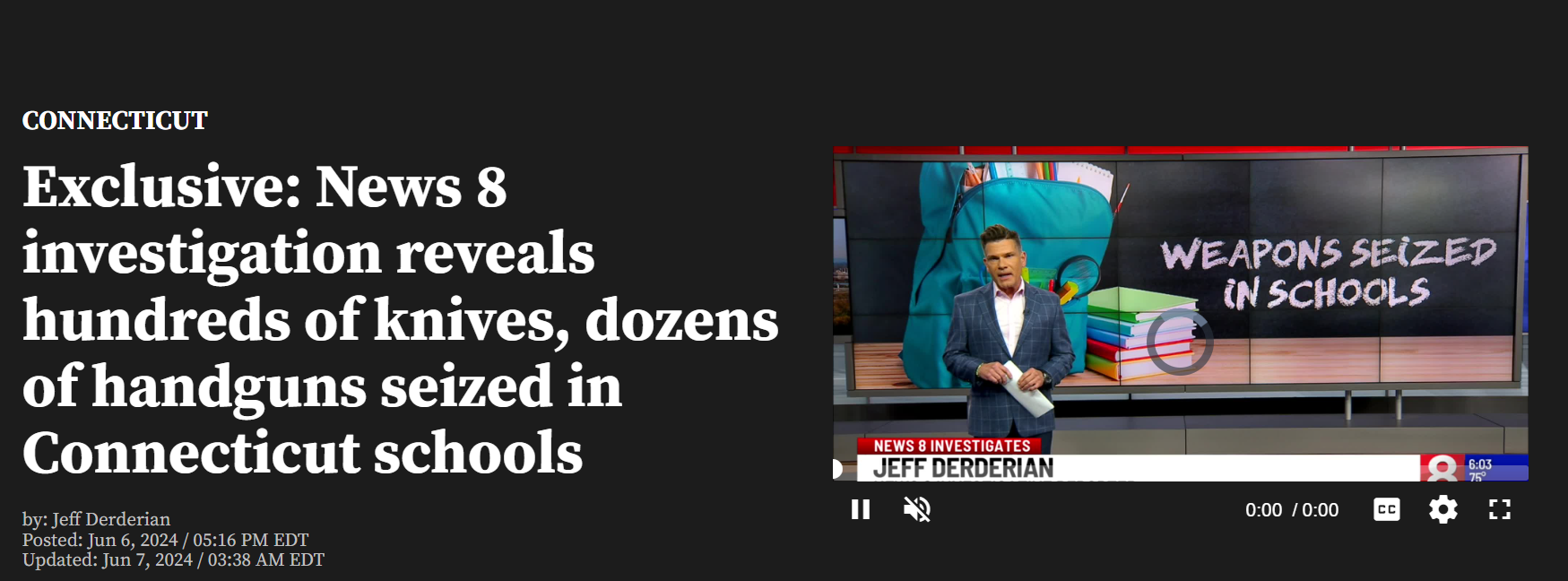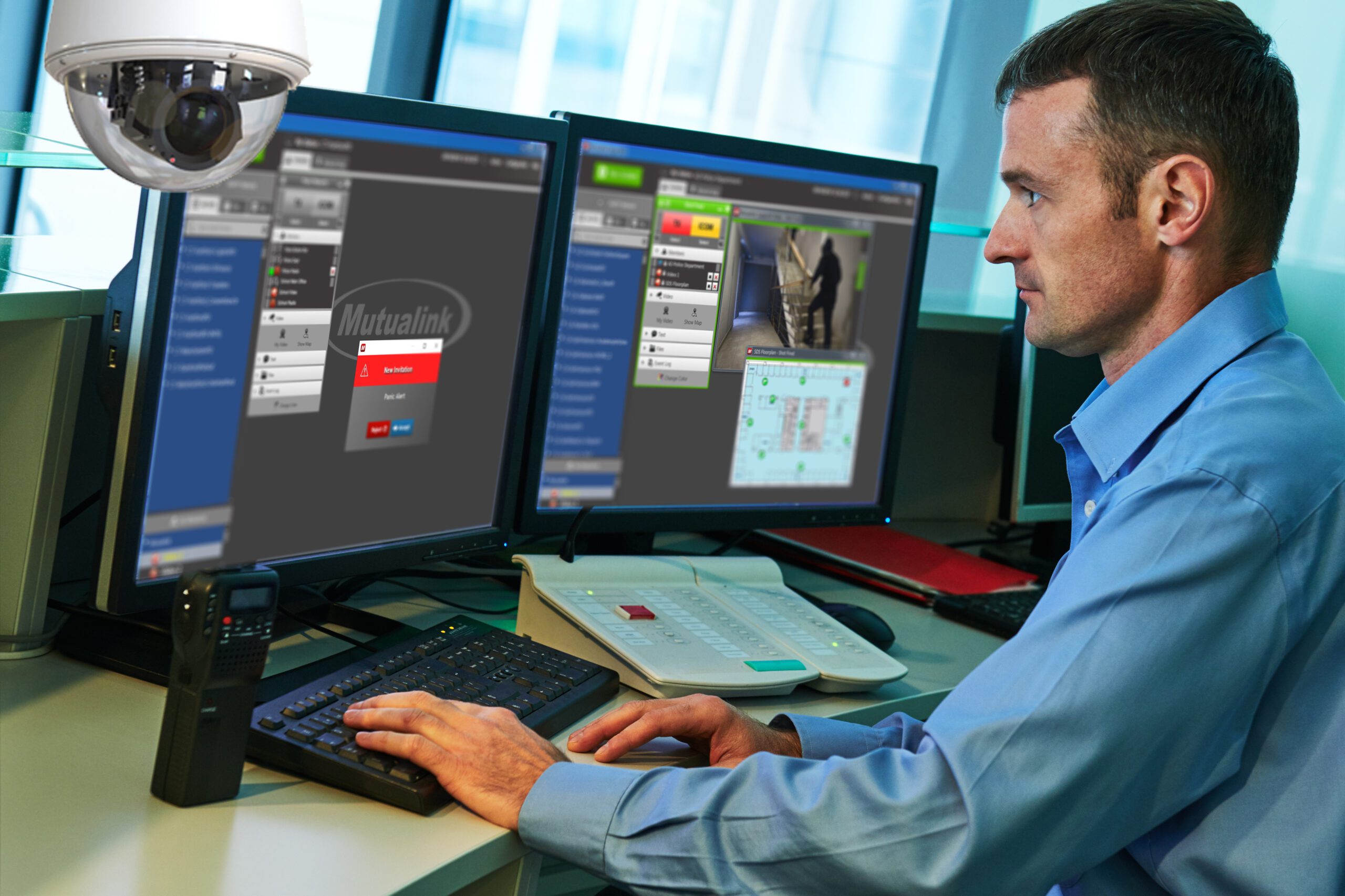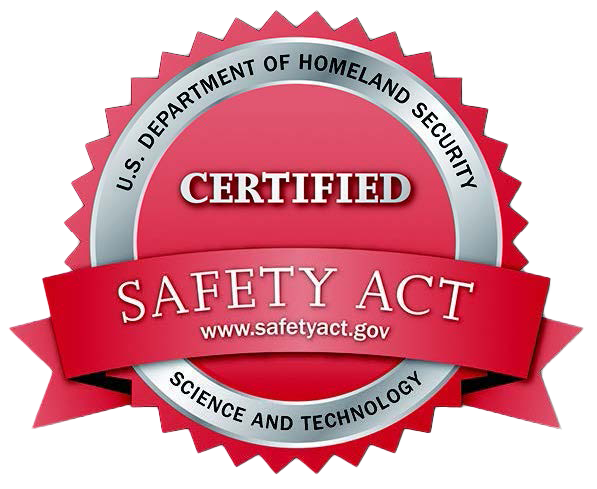Mitigating Active Shooters in Schools
The goal of schools and education, in general, is to foster an environment that promotes learning and development for students. Not only is the safety of the children the highest priority for our society, but establishing a community in which children feel safe is the predicate for them to reach their maximum potential when involving their studies. This assertion is supported by data from a 2015 LSU study suggesting that student performance drops precipitously following homicidal shootings.
Most schools struggle with how best to ensure the safety of students and staff, while also providing uninhibited academic growth. The increasing frequency of school shootings in the United States places security in the forefront for parents, children, teachers and administrators. Thus, we need to rely on experts in this area to provide advice and counsel to schools looking for immediate and effective solutions. This will help everyone in their end goal to keep children safe.
With more than 50 million students in 15,000 diverse school districts across the country, mitigating security threats with a standard set of safety solutions seems unlikely. There is no “One size fits all” bundle of prevention and response tools that will ensure that we never have another school shooting. What works for highly populated campuses with multiple buildings might be inappropriate for in a small rural school.
Once the right security tools and procedures are identified and established, in order to be usable and efficient, they must be exercised regularly so that faculty and staff can turn to them with confidence in complex situations to keep them safe. How comfortable one is with the safety measures adopted will determine how protected the community will be in an actual event.
Mitigating the Threat
Of course, planning and training cannot guarantee that all adverse events will be prevented. If a shooter attack occurs, the key objective is to reduce the severity of the event and limiting casualties or harm to victims by neutralizing the threat. Once an active shooter incident begins, the only people stopping the threat and rendering life-saving aid are first responders. Following Columbine, police response changed. Now, in active shooter situations, officers train in “go to contact,” which means that they will go in and follow the sound of gunfire to stop the violence. The more information available to these officers, the faster they can mitigate the situation and the more lives will be saved.
While each school district will develop a customized plan and adopt tools consistent with its unique needs, an evaluation of after-action reports from active shooter events over the last few decades – Columbine, Sandy Hook, Parkland – identifies a common theme. Communications failures cause delays in response and impede situational awareness, leading to loss of life. Improvement in this area requires three elements: identify potential communication gaps, address communications needs and train for competency.
Identify potential communication gaps: Before adopting technology claiming to save lives with a phone app, take stock of what you have: radio, telephone, intercoms, push-to-talk, panic buttons, fire alarms, video systems. Review publicly-available after-action reports from active shooter events. The following is questions to ask yourself…What shortcomings do they cite? What tools do you have to fill those shortcomings? Are you able to communicate by radio with law enforcement? If not, why not? Do you have a different radio, poor inside radio coverage or no radios? Are you able to quickly share a video with law enforcement? Can police access your intercom for messaging during an incident? Will fire alarms pulled by assailants do more harm than good? Can they be linked to communications to be more helpful?
Communicating instantly and sharing information in real time with law enforcement gives schools the most important tool they can have against an active shooter. Officers can respond quickly and decisively, which means confusion is avoided and first responders have a clear picture of the scene on the ground.
Address Communications Needs
Once gaps are assessed, it’s time to put the technology in place to close the gaps where needed. This requires evaluating available solutions and should be done as a collaboration between schools and law enforcement. Rather than put together a patchwork set of tools, some school districts are turning to an integrated multimedia solution that shares radio and video whenever a teacher pushes the panic button on his or her smartphone.
Including law enforcement in the vendor presentations will ensure that whatever technology you choose, it will be compatible with law enforcement devices and procedures. The police department may not want the responsibility of monitoring your video 24/7. (And parents might object to the privacy concerns raised by such a policy.) It may not be practical for the police department to share radios with schools. In fact, the Parkland after-action report cited radio jamming that may have resulted from the strain of Broward County Public School buses sharing the radio system.
Technology needs to be sourced in parallel with developing policy. Testing technology against policy and refining policy as new technologies are identified will ensure an optimal operational solution. Once adopted, policy needs to be regularly tested and reviewed, especially following training exercises.
Train for Competency
Training needs to happen on many levels. Both prevention and response behavior benefits from training. Students need to be trained on the Run, Hide, Fight curriculum. Teachers and school administrators need to be trained on technology, process and procedures. And first responders are trained in both community policing and active shooter response. Drills and exercises build a valuable experience that familiarizes the community with tools and procedures.
Officers, post-Columbine, are trained to head straight to the sound of gunshots. Their goal is to identify and neutralize the threat first. Repeated training enables officers to internalize tactics, so they are second nature. When officers are so well-practiced in response behavior that they almost don’t need to think about it, they are capable of the critical thinking that is necessary to deal with shifting conditions when on scene and in the moment.
Optimizing the School Safety Plan
As one who comes from a history of serving and protecting, I recommend following five basic steps to formulating a School Safety Plan that will help mitigate tragic outcomes in an active shooter or other deadly situations:
1. Develop active shooter risk assessment and management team
Of course, if we can prevent an active shooter situation, that represents the best of all outcomes. Trained individuals capable of assessing and managing troubled students who pose a risk of suicidal or homicidal behavior provide a safer environment for all. In most cases, warning signs offer an opportunity to defuse aggressive behavior before it erupts.
However, most school personnel are not trained risk assessment specialists. Therefore, the management team must put in place the best available threat and risk assessment procedures and practices. Risk management assessments that identify and evaluate gaps, potential risk factors and hazards specific to that school’s environment are key. This includes mechanisms for monitoring, information sharing, and planned intervention. Optimize policies and practices by reevaluating and testing frequently.
Schools might consider enlisting students to help mitigate threats and risks using reporting apps such as the Safe2Tell mobile app in use in Colorado. The management team receives reports to affect timely intervention. Early recognition and reporting of concerning behaviors are crucial to the effectiveness of the threat assessment team.
2. Establish roles and responsibilities of the team
It’s important to select team members with deep, relevant security experience when possible. Typically, this means representatives from school safety, administration, psychology and medical backgrounds. While the primary role of the team is to assess potential threats and prevent violent situations from occurring, the team’s responsibility includes ensuring student and staff security, communicating with the community, and documenting the events for assessment purposes. Level-headed decision-makers will act as champions of the plans across the school.
3. Develop assessment management team policies and procedures
Through its policies and procedures, schools articulate the behavior they value and what constitutes a threat. It guides staff response to threatening situations. To avoid ambiguity, policies should adopt direct and explicit language detailing required actions depending on the threat received. The clearer the policies and prescribed procedures, the more immediate and effective the response. Adhering to agreed-upon policies will result in a coordinated, optimal response, maximizing the opportunity to avoid violence.
4. Training – roles, policies, and procedures
The law enforcement community understands the power of training to make sure that policies and procedures are understood and adopted. In the school environment, initial training within the management team will enable performance that can then be shared with the wider school audience. Full community-wide training that includes law enforcement and EMS responders provides experience, with after-action reports informing ongoing improvements to policy.
Training curriculums developed by expert resources will smooth the path and provide guidance for schools lacking the internal expertise in security. Advisors will help to set goals for training and provide guidance for establishing performance measures to track improvements.
5. Implementation
With a leadership team focused on implementation and committed to measuring and monitoring response times during training exercises, the school safety plan will consistently work as designed, with incremental improvements at each review.
Implementation includes a cycle of assessing, revise, improve based on results of training, suggestions from participants and expert advisors, and new information that may be available (i.e. new after-action reports).
Daily practice with the tools and procedures will bring operational clarity and familiarity so that they are used quickly and without hesitation in a true emergency. Interoperable communications system in use in Warwick, Rhode Island, connects school radios and video to the Warwick Police Department and Fire Department automatically when a teacher presses a panic button or if a fire alarm is pulled. But the schools also use it daily for inter-school communications (text and computer-based audio).
The same is true for radios and video. If radios sit in security closets or the principal’s office unused, the staff is unlikely to turn to them during an emergency, and if they do, will be unfamiliar with their operation. Daily use on the playground and during outside gym classes will encourage proficiency.
________________
Contributing Writer
Rob Wright is a Security Magazine contributing writer and served in law enforcement for 25 years, retiring as Detective Lieutenant from the Paramus NJ Police Department before joining Mutualink in 2010 as Business Development Director for New Jersey. Prior to law enforcement, Wright served in the United States Air Force. His professional distinctions include the Commendation Service Medal & Good Conduct Medal (Air Force) and the Meritorious Service Award (NJ Chiefs of Police). While serving in law enforcement, his expertise focused on criminal investigations, security operations and management and personal protection.
